(QBĐT) - Livestock farming in our province is undergoing a strong transformation towards a concentrated and multi-value scale. However, the livestock development process also creates a large amount of waste and by-products that have not been properly exploited. Currently, the provincial Agricultural and Fisheries Extension Center (KN-KN) is implementing a livestock farming model in the direction of a circular economy according to a cycle that creates closed loops with 5 production objects (raising cows, chickens, freshwater fish, earthworms and planting VA06 grass). This is a model that serves as a basis for replication to raise people's awareness in agricultural economic development, towards green and sustainable agriculture.
Testing a new model
The concept of livestock farming in the direction of circular economy seems to be quite new to many people in the province. It is understood as the process of raising livestock in a closed cycle, utilizing waste, waste products, by-products, and outputs of this production process as inputs for other production processes through the application of technical advances and biotechnology. From there, resources are exploited, used effectively, economically, creating safe, quality products, minimizing waste that pollutes the environment, protecting the ecosystem and human health.
Circular economy is an inevitable trend that has been applied by many countries in the world because of its practical benefits, such as: Reducing production costs, increasing value, increasing agricultural products, protecting the environment... For the circular economy in the livestock industry, protecting and preserving the environment is extremely necessary, this is also considered the root of green growth and sustainable development.
In Quang Binh , supporting circular agricultural models will be the first step towards green, economically prosperous and environmentally sustainable agriculture. In 2024, from agricultural policy resources, the Provincial Center for Science and Technology supported Mr. Nguyen Van Hoang's family in Vo Ninh commune (Quang Ninh) to implement a circular economic livestock model. This is also the first circular economic livestock model in the province.
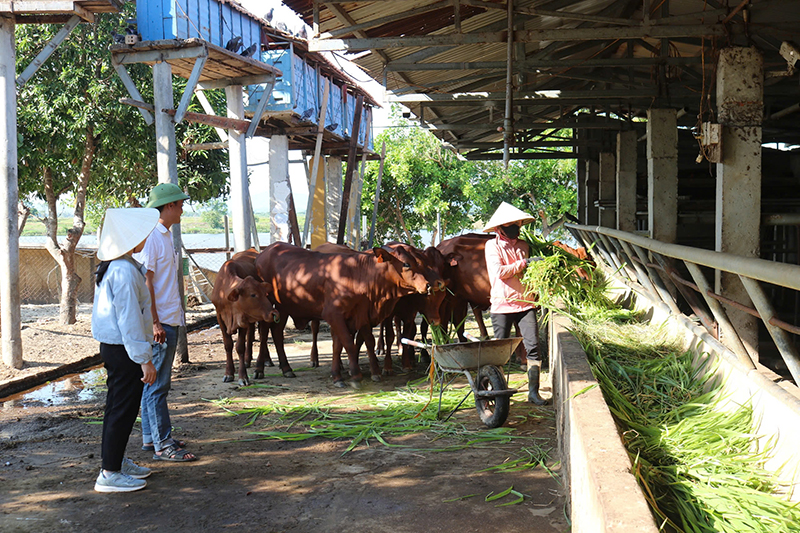 |
On an area of over 2 hectares, Mr. Nguyen Van Hoang's family has planted VA06 grass, invested in barns to raise 1,700 hybrid chickens, 28 hybrid cows, raised earthworms, dug ponds to raise freshwater fish... Participating in the model, the household is supported by the Provincial Center for Science and Technology with 50% of the cost of buying chicken, fish and earthworm breeds, 50% of the daily supplementary food for cows, fish and chickens from 1 to 21 days old, 42% of the daily supplementary food for chickens from 22 days old to sale. At the same time, the center's staff provides guidance on farming techniques for each type of crop and livestock in a closed cycle, ensuring productivity and efficiency.
Mr. Nguyen Van Hoang said that, implementing this model, VA06 grass is grown and harvested by the family to feed cows and grass carp, cow manure is composted, a part is used as substrate, food for raising earthworms; earthworms are collected and used as supplementary food for chickens and fish; the remaining cow manure together with chicken manure (composted) and earthworm manure are used to fertilize VA06 grass. In this production process, waste is thoroughly treated and used, limiting the release into the environment, improving production efficiency, contributing to protecting the ecological environment and human health.
It is expected that in the next 2 months, the circular farming model of Mr. Nguyen Van Hoang's family will start to generate income from chickens, fish and cows. According to calculations, the annual income of this model, after deducting all expenses, is estimated at about 380 million VND.
There are still many difficulties in implementation.
Director of the Provincial Center for Science and Technology Tran Thanh Hai said: Livestock farming in the direction of circular economy is essentially a combination of garden-pond-cage-forest models at the same time based on the application of technical advances, applying production processes according to the cycle to create closed loops. Waste from livestock farming is returned to become raw materials for production, thereby minimizing input materials as well as waste, emissions and pollution; thereby improving economic efficiency; reducing all negative impacts on the environment, ecosystems and human health.
However, there are still many difficulties and obstacles in developing the circular agricultural economy in the province. Specifically, the capacity to recycle and reuse agricultural by-products and waste is limited because the province lacks a team of staff to research, apply and transfer technology to treat waste, waste and by-products in agriculture.
In addition, the scale of agricultural production is small and fragmented, so the collection and classification of agricultural by-products and waste as well as investment in recycling technology have not received much attention. Enterprises in the agricultural sector are mainly only interested in collecting and reusing the main by-products in the production process.
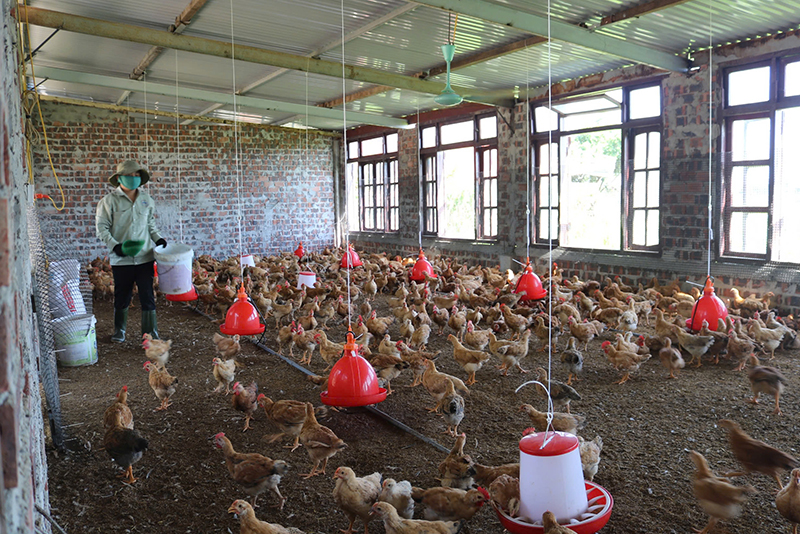 |
In addition, there is currently no legal framework, lack of guidance and standardization for implementing circular economy in agriculture, the applied models are not complete and true; there are no regulations and criteria for identification and evaluation, and there is no focal agency on this issue, while circular economy in agriculture is related to many fields, so it is difficult to implement in practice.
Currently, regulations related to circular economy in general and circular agriculture in particular have not been standardized, making implementation difficult, affecting the development of circular economy in agriculture.
To overcome the above shortcomings, the State needs to have policies to support mechanisms, finance, and access to resources to encourage the development of circular economy in livestock farming for both farmers and businesses participating in recycling agricultural waste and by-products. Encourage sustainable crop-livestock models, climate change adaptation, organic livestock models, circular economic livestock models, cooperative models to consume products according to the value chain. At the same time, promote more widely to raise people's awareness of developing circular economic models in livestock farming, the effectiveness and benefits that the models bring.
Developing a circular economy in agricultural production is a new direction, in line with the development of global trends. However, in order for the circular economic model to spread to the people, it is necessary to add criteria for developing a circular economic model to the set of criteria for new rural areas and advanced new rural areas.
| Applying circular production, Mr. Nguyen Van Hoang's family's livestock grows healthily, the land is fertile, the production environment is safe, the livestock products are of high quality, costs are reduced in the production process, and economic efficiency is improved. |
Thanh Hoa
Source: https://www.baoquangbinh.vn/kinh-te/202409/huong-di-moi-cua-chan-nuoi-hien-dai-2221184/










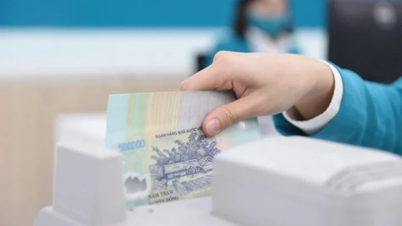

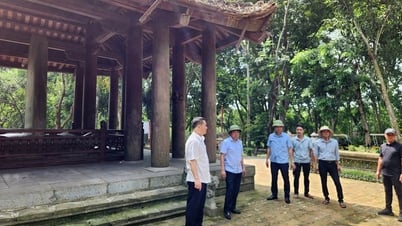

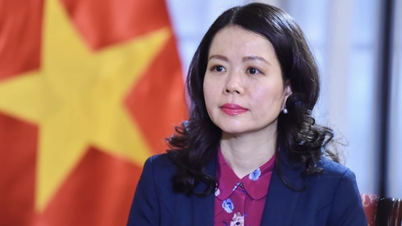


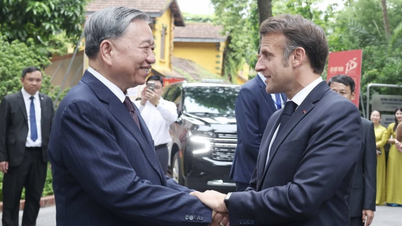
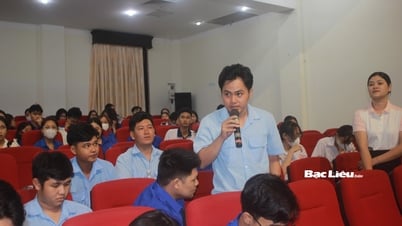
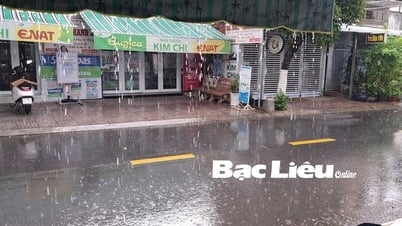
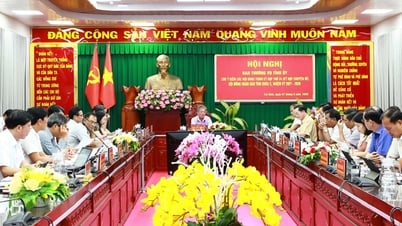
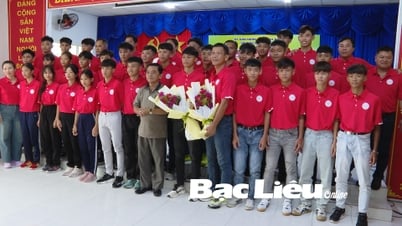
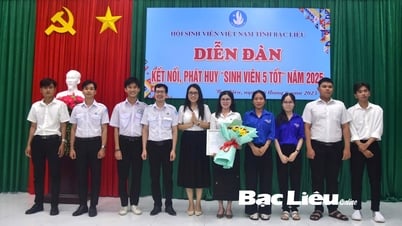
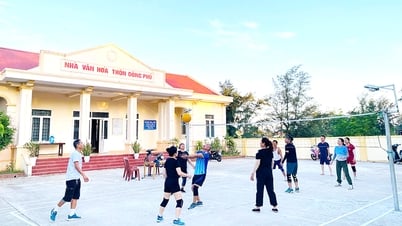





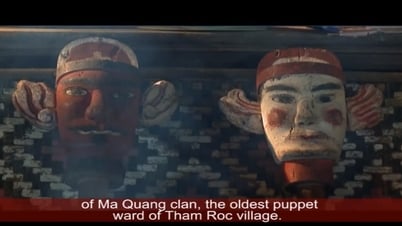


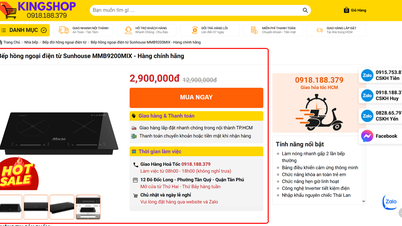
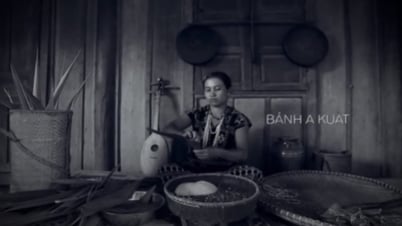



























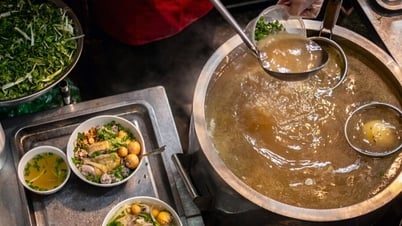

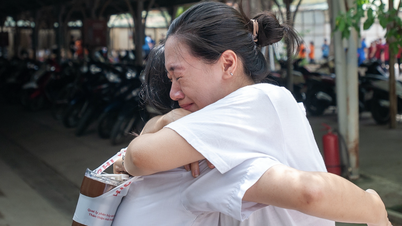












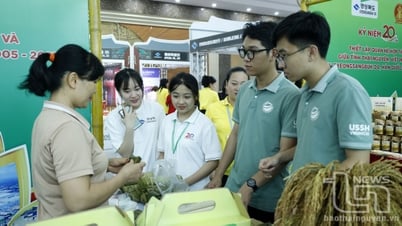

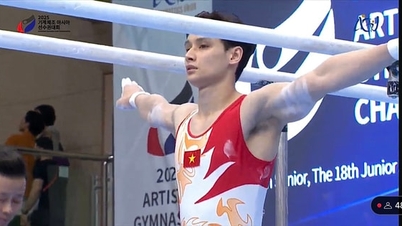
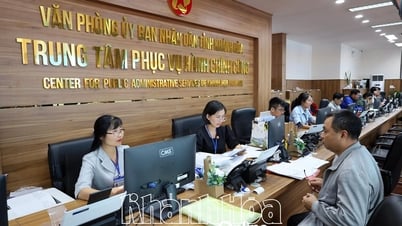

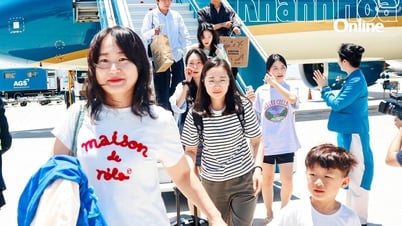
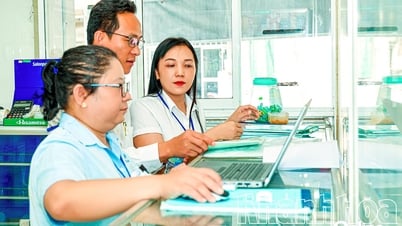
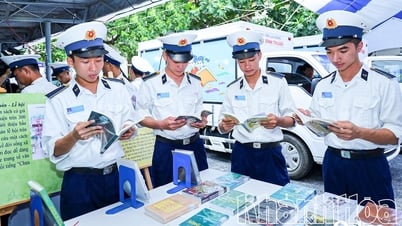








![[OCOP REVIEW] Tu Duyen Syrup - The essence of herbs from the mountains and forests of Nhu Thanh](https://vphoto.vietnam.vn/thumb/402x226/vietnam/resource/IMAGE/2025/6/5/58ca32fce4ec44039e444fbfae7e75ec)



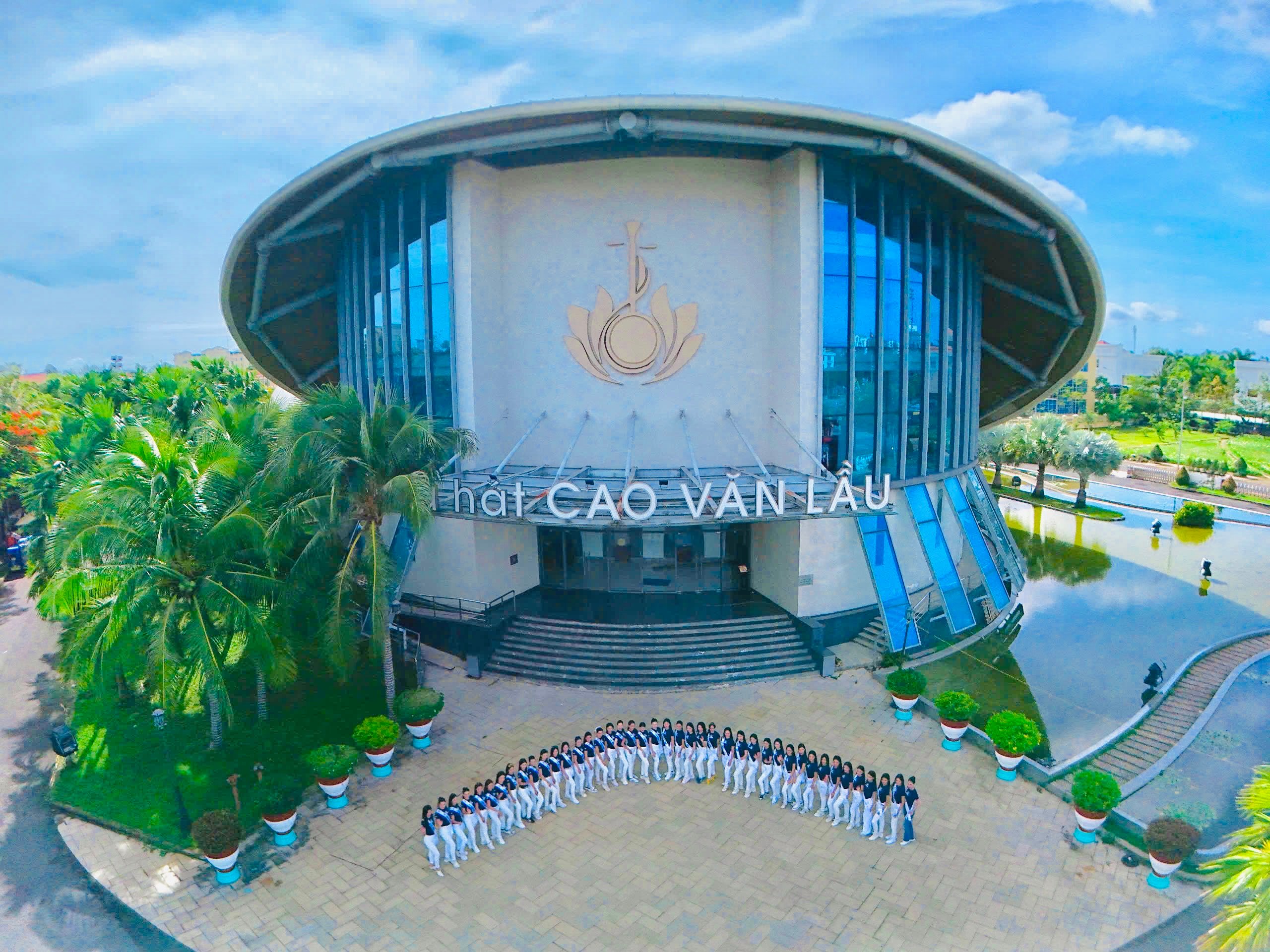

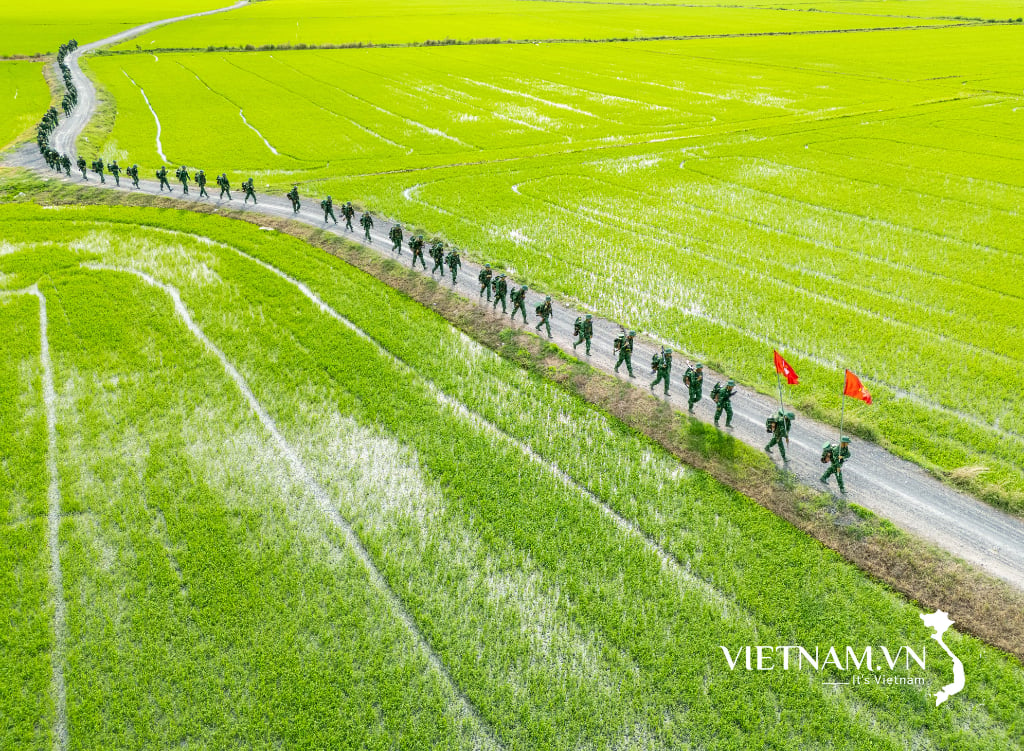

Comment (0)